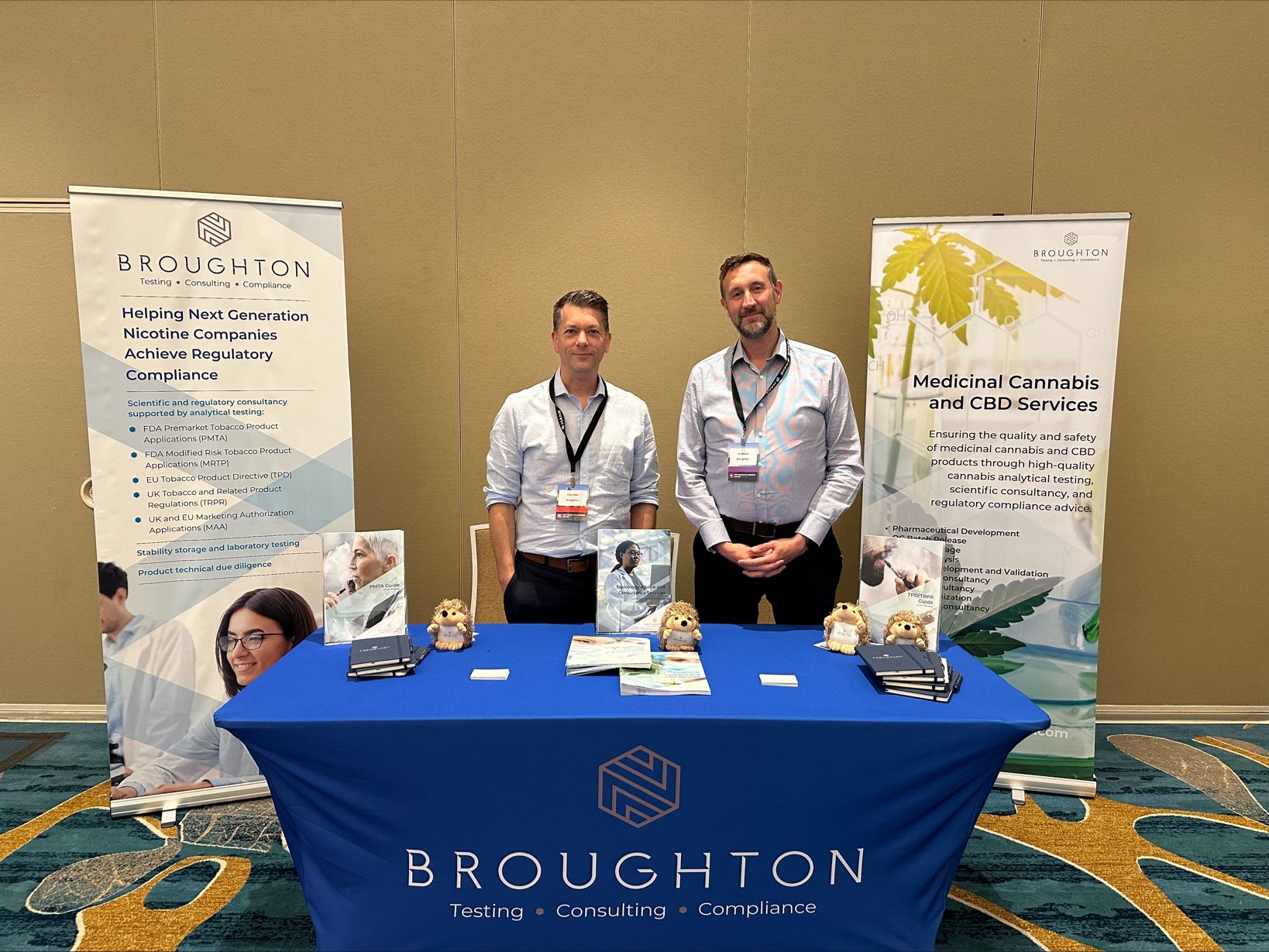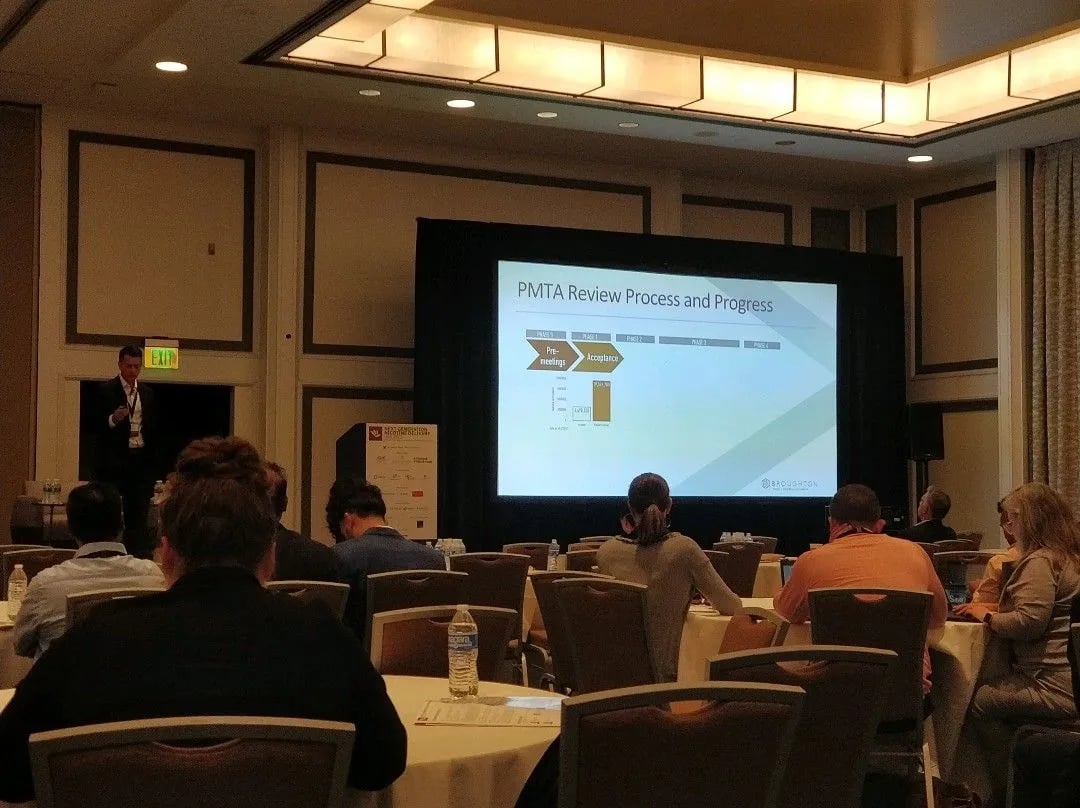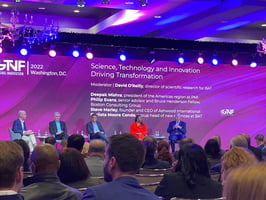Smoking is one of the most efficient and effective methods of delivering a drug to the lungs; which is one of the reasons smoking provides such efficient and quick drug delivery is the way that the...
Next Gen Nicotine Delivery 2023
Nicotine

Jul 7, 2023 | Published by Chris Allen
Nicotine, Events
This year's Next Generation Nicotine Delivery USA Conference brought many of the same challenges as last year back under discussion, providing insight into the ongoing impasse within the US market. However, elsewhere in the world, opportunities for innovation still clearly exist.
Day one started with the US Food and Drug Administration's (FDA) Deputy Director for Regulatory Management, Todd Cecil. Todd provided updates on the PMTA process. He also offered some insights into elements of applications that may prove to be stumbling blocks for many. From the lack of randomized clinical trial data or longitudinal cohort studies to justifying the appropriateness of flavors and the need for toxicological assessments on every component and constituent. Todd's main message was the need to 'tell your story' but to back this up with the data to prove it. Todd also highlighted that the chances of obtaining an extension are slim once a deficiency letter has landed, with no extensions to the standard 90-day window being granted since 2020. Credit must be given to Todd for attending the remainder of the event, taking some direct criticism of the FDA, and participating in Q&A with the presenters and attendees.
Reynolds American's John O'Brien was the first to raise concerns around the FDA's approach to Tobacco Harm Reduction, depicting the apparent disparity of time and cost in bringing deadly combustible tobacco products to market versus that of reduced-risk products via the PMTA pathway. Like many others during the event, John also spoke openly about the need for greater enforcement against illicit products. Perhaps John's most pertinent statement related to the confusion around Menthol flavored reduced-risk products in the US, where the Office of Science had indicated that such products should be granted a Marketing Order only for the Director of the Center of Tobacco Products (CTP) to change this to a Marketing Denial Order. With the ongoing litigation, I don't think we've heard the last of this yet.
In my presentation, I gave an overview of the PMTA process, focusing on preparing for deficiencies. I shared insight into potential areas for deficiencies but primarily focused on recommending that companies have the right team in place to deliver a robust response in the 90-day window provided. Considering Todd's earlier comments regarding the lack of opportunity to extend this timeframe, the need for preparation before the deficiency letter lands is paramount.

One of the hot topics at recent reduced-risk nicotine industry events has been the potential within the Modern Oral Nicotine Pouch (MONP) category, and this event was no different. Haypp Group's CEO, Gavin O'Dowd, provided great insight into the innovation occurring within this space, which unfortunately does not apply to the US due to regulatory constraints. Most of this innovation occurs in Sweden, which Gavin dubbed the 'Silicon Valley of Nicotine Pouches'. With the current churn rate in products, Gavin made three bold predictions that would occur in the next three years; (i) mint won't be the most prominent flavor, (ii) the most impactful innovation will come from a small player, and (iii) the largest SKU hasn't sold a can yet.
Additionally, Day One topics covered the importance of behavioral science, updates on litigation against the FDA, and the current status of synthetic nicotine.
The topic of Nicotine Pouches continued into Day Two, with Altria's Dr. Jennifer Smith discussing the significant benefits of this category. Compared to combustible cigarettes, these products present a lower risk of abuse liability, significantly reduced Harmful and Potentially Harmful Constituents (HPHCs), and, importantly, the ability to switch adult smokers away from combustible cigarettes.
Founder of Vice Ventures, Catharine Dockery, discussed the challenges of obtaining funding for developing reduced-risk nicotine products because nicotine is classified as a vice industry. This classification prevents many of the major investors from providing funding. Considering that smoking is one of the biggest causes of death and disease, the challenge of obtaining investment in reduced-risk nicotine products is an excellent example of the global political landscape and negative perception of nicotine.
I also had the opportunity to join a panel session focused on the global regulatory state of play. It was a mixture of optimism and concern over the growing dark clouds on the horizon. Nowhere was this truer than when discussing the current situation in the United Kingdom, which has taken a pragmatic approach to vapor products and allowing innovation, but now has growing concerns about youth usage and illicit products. The panel also continued the discussions around Nicotine Pouches and the different regulatory situations highlighting countries like the UK, where these are entirely unregulated and can be sold to anyone of any age. Despite there being no growing concern over youth usage of these products, it was highlighted that regulation is needed to close this loophole and prevent issues with youth further down the line. I was questioned whether a more globally harmonized approach to reduced-risk nicotine products would be beneficial, and I responded that I had significant concerns with this approach. I fear that if this were to happen, regulation might be driven by the highest common denominator, and, worst of all, the World Health Organization (WHO), which would be detrimental to the 1.4 billion smokers.
As Day two drew to a close, Bidi Vapor's CEO, Niraj Patel, shared a glimmer of hope through data showing it was possible to market a disposable vape product without initiating youth usage. Niraj's statements relied on Nielson data indicating that the Bidi Stick was the highest-selling disposable product, yet very low levels of youth usage were reported in the National Youth Tobacco Survey (NYTS). Hopefully, this demonstrates that products with the power to switch adult smokers can be placed on the market with adequate controls to mitigate the uptake by youth.

As always, Next Generation Nicotine was an insightful event, that allowed me to discuss tackling the battle between politics and public health with peers from across the industry. It's clear that whilst innovation exists in many countries, the US is still at an impasse, with the lack of innovation preventing the best products from reaching that market. The result is either technology that's now seven years old or illicit products that are unlikely to have had any safety assessments performed. It's acknowledged that the FDA has determined 99% of PMTA applications. However, with over 400,000 still in the queue, many of which will contain robust data sets, there are undoubtedly concerns regarding when FDA will make determinations. Even if determinations are made, how many of these will be in the best interests of helping the fight against tobacco-related disease? The underlying concern, despite the positive picture in other geographies, is that when the conference returns in 2024, the topics for discussion will likely be identical to 2023.
To find out how Broughton can help bring your nicotine products to market click here


